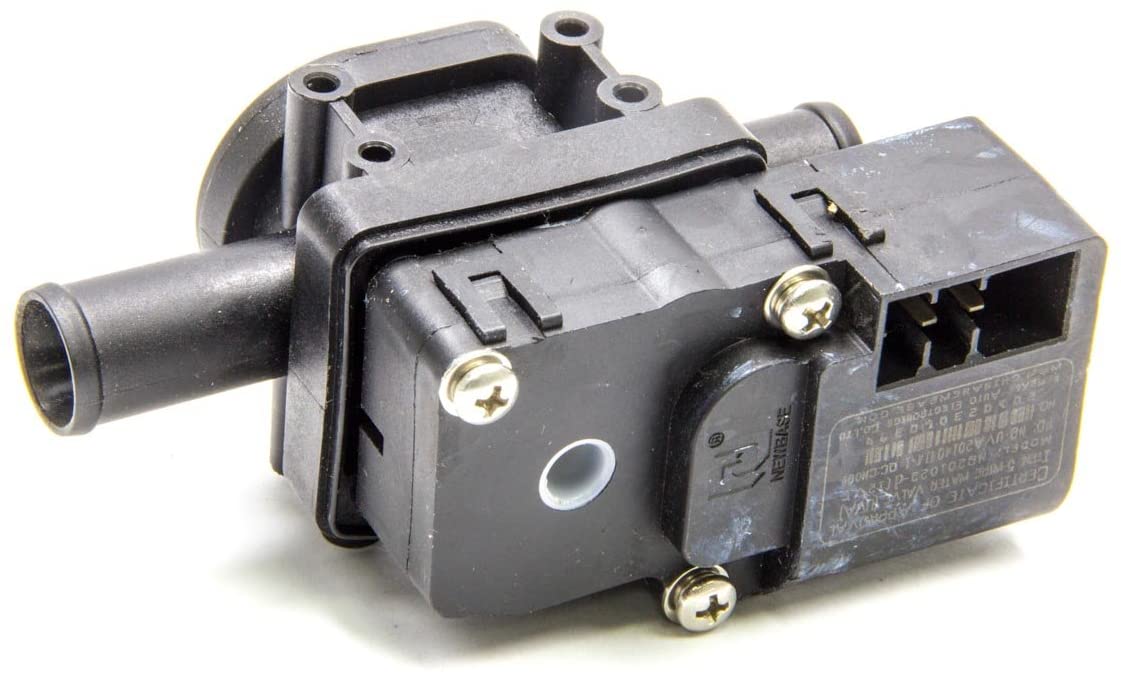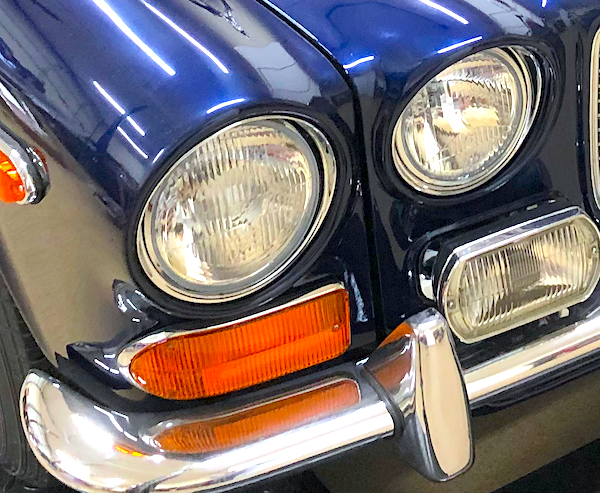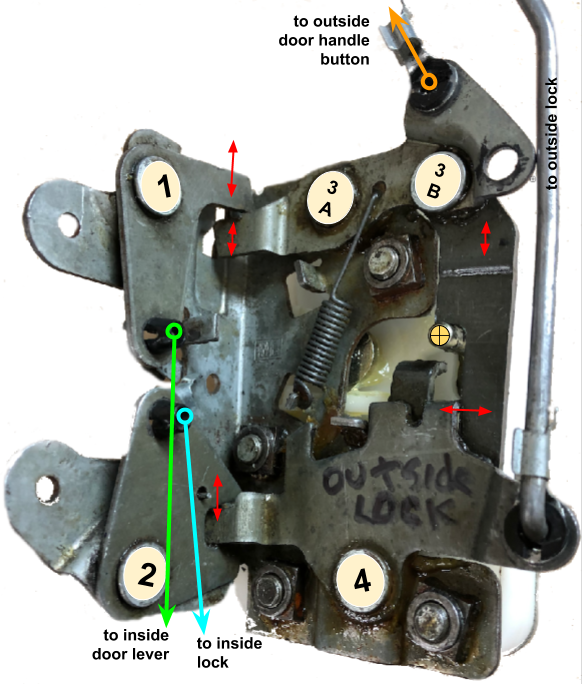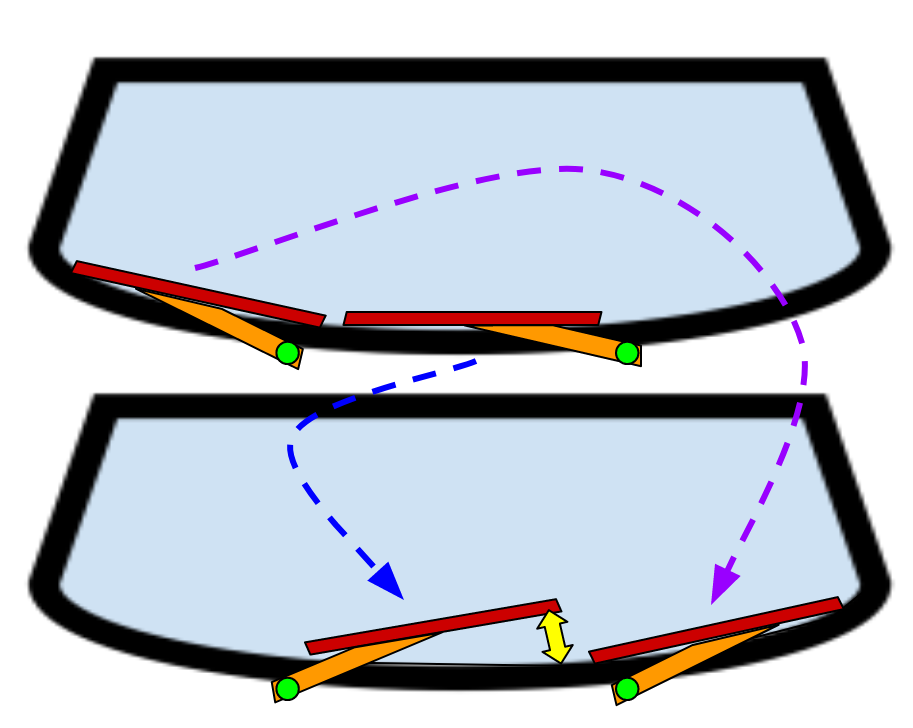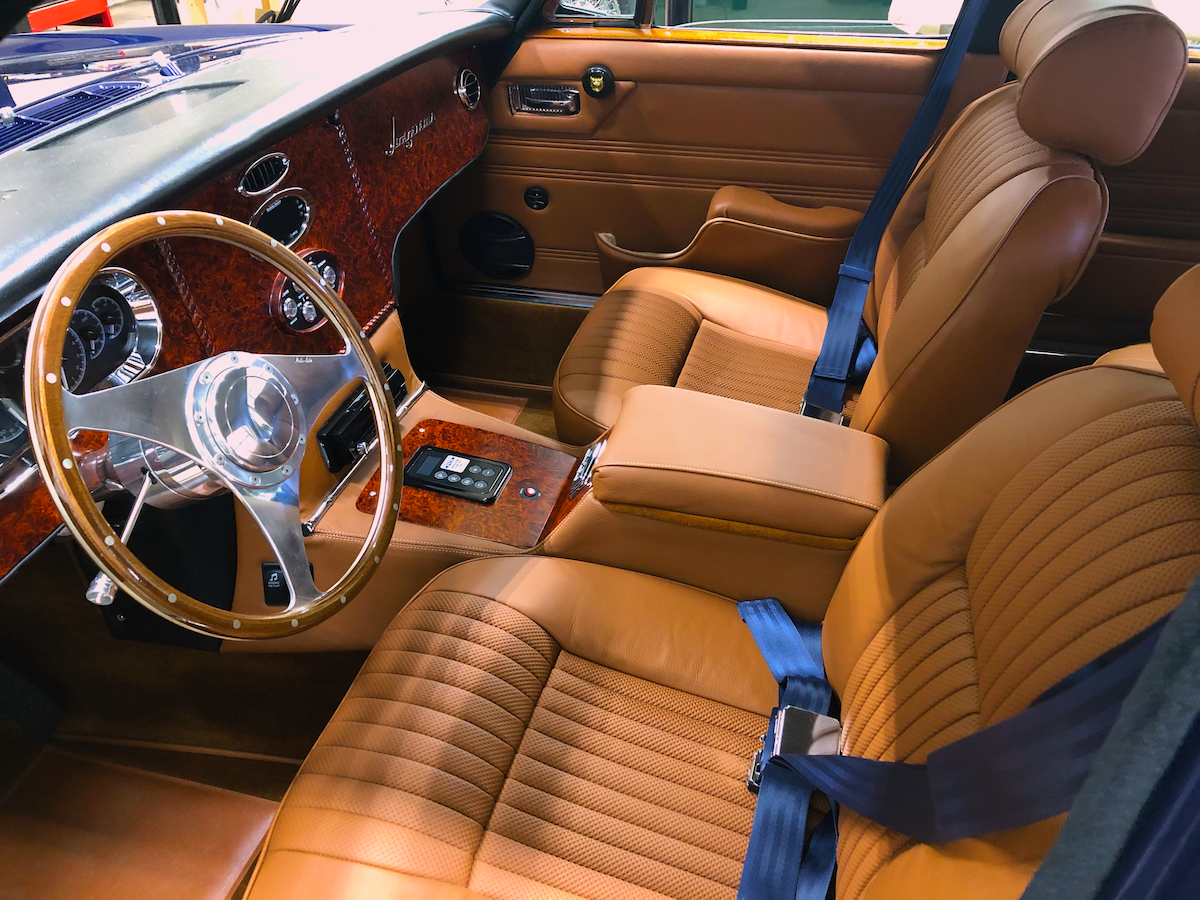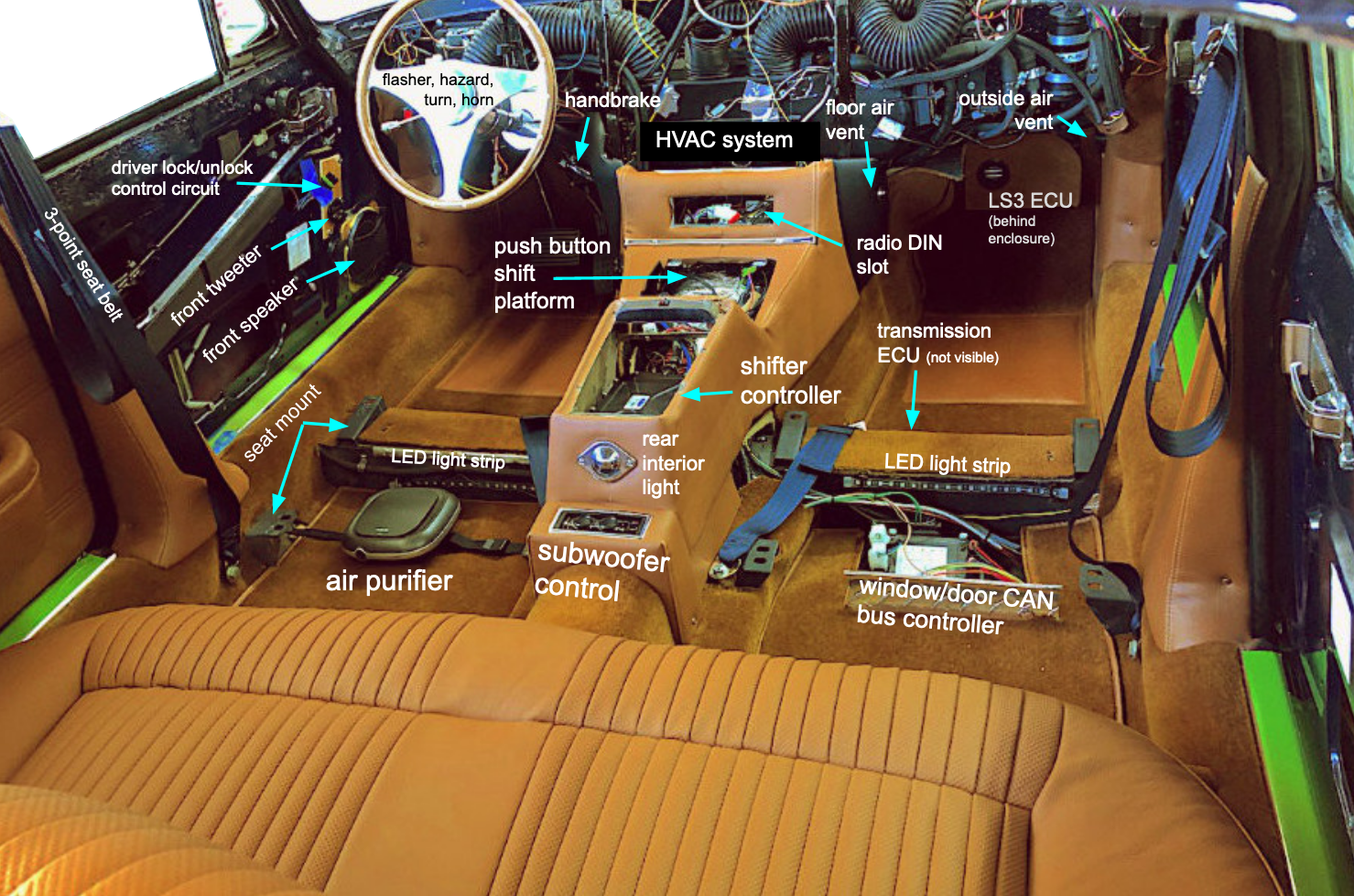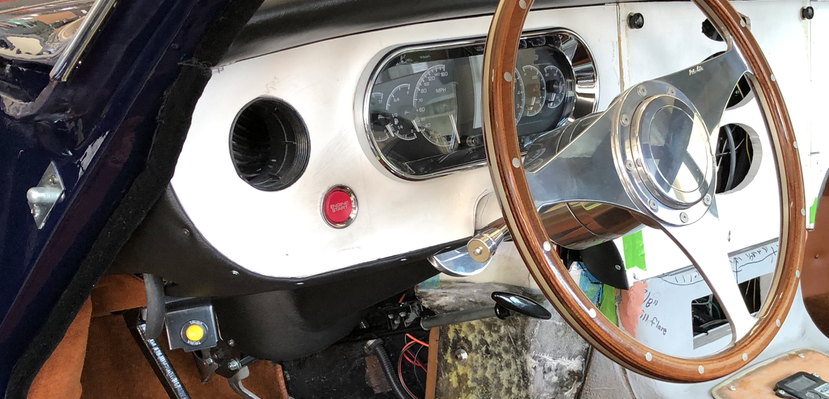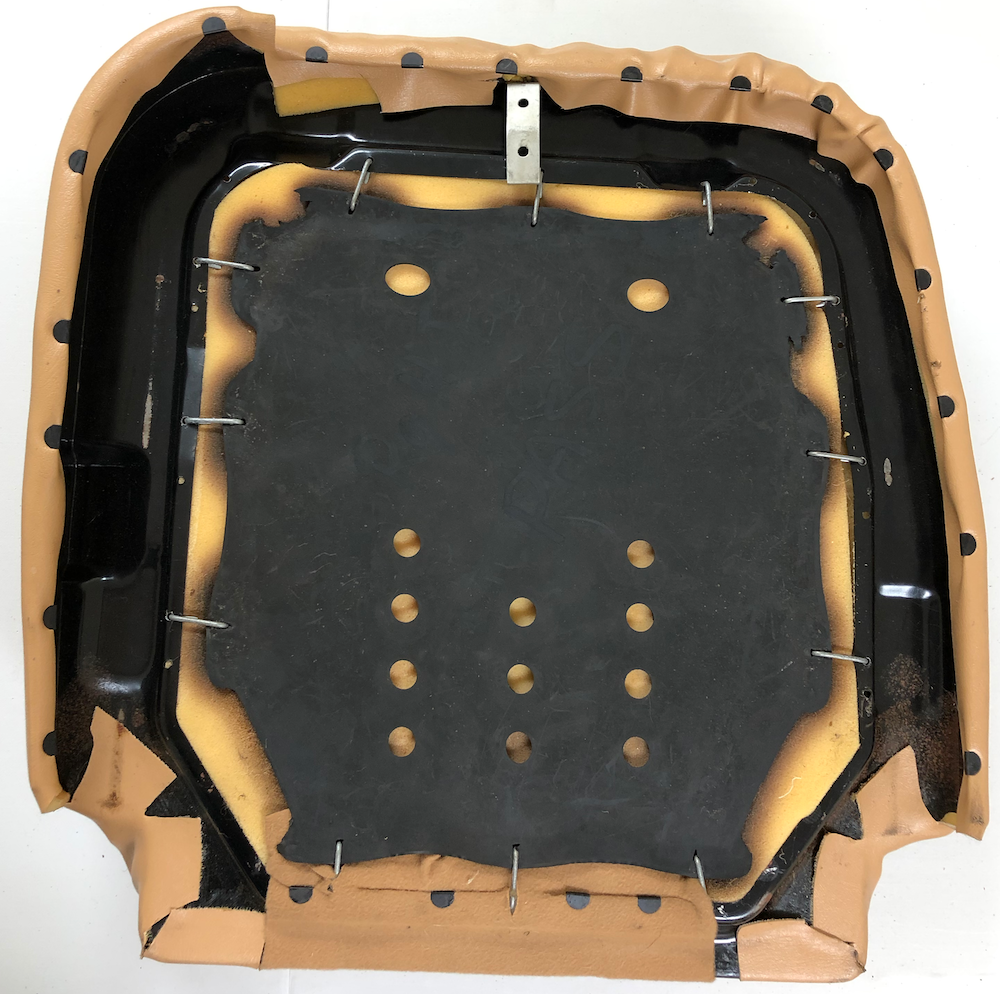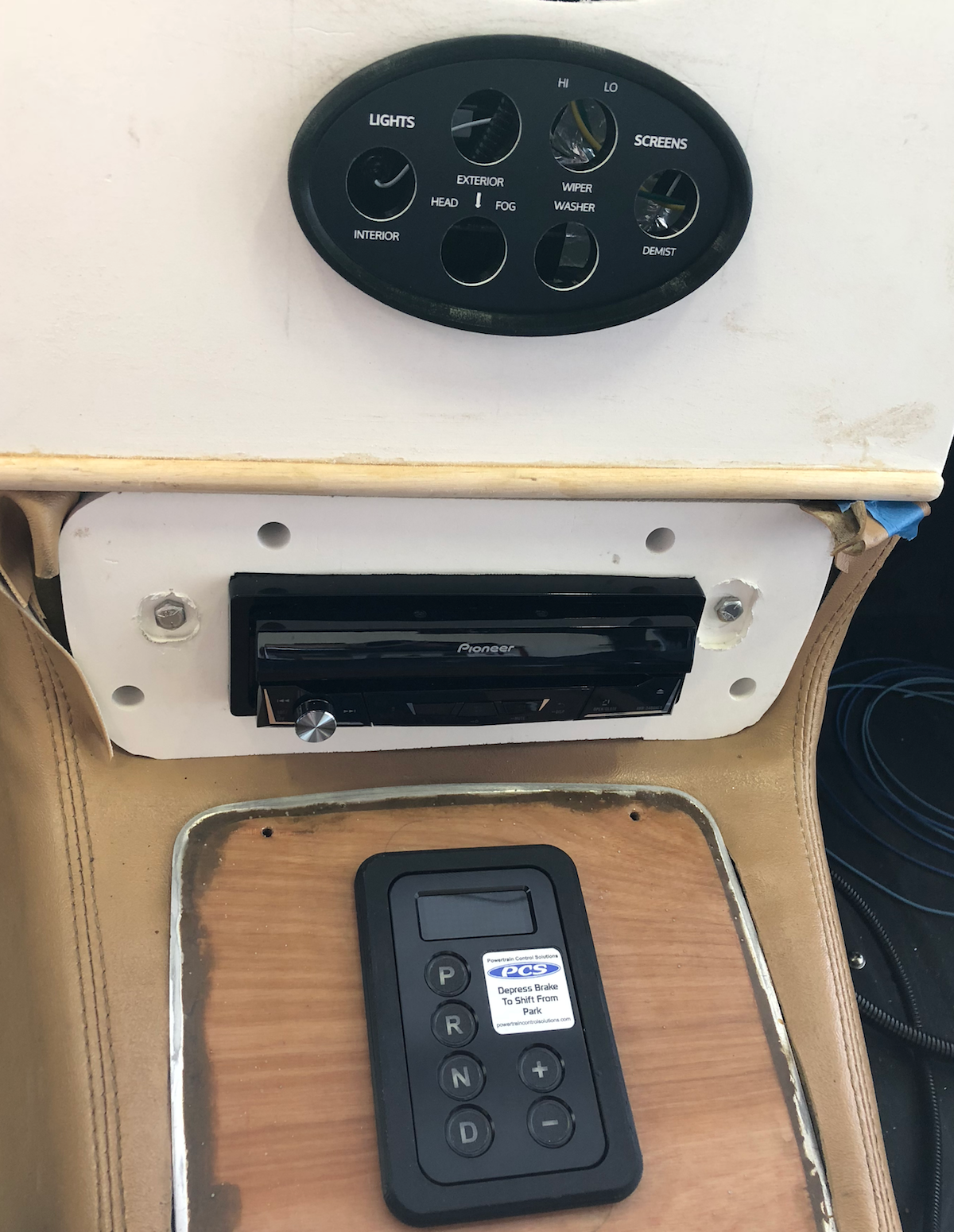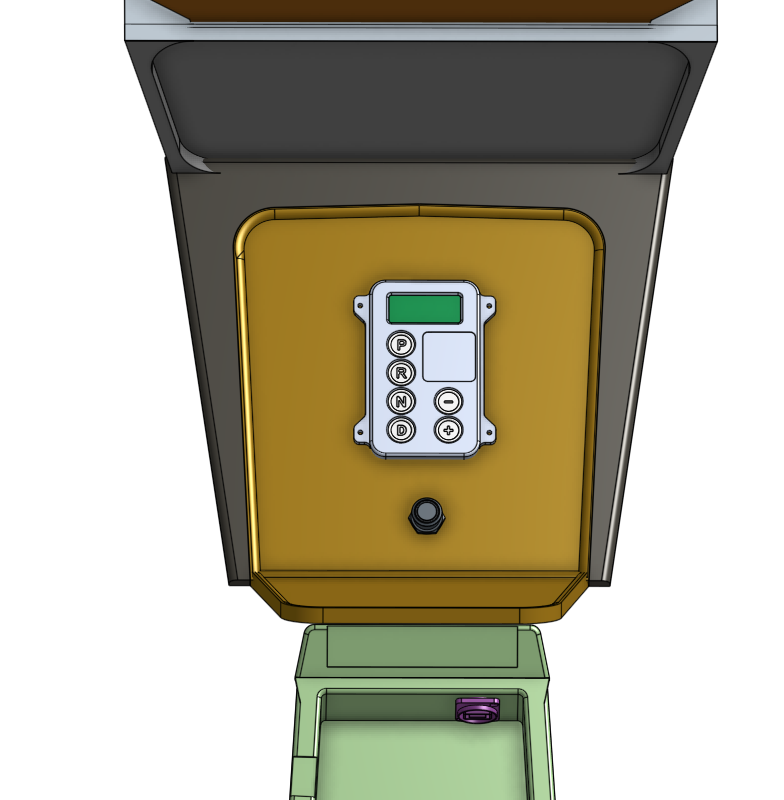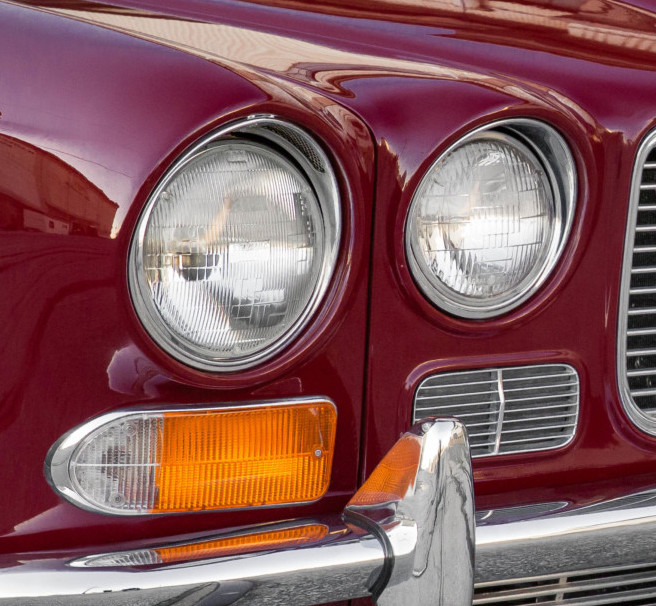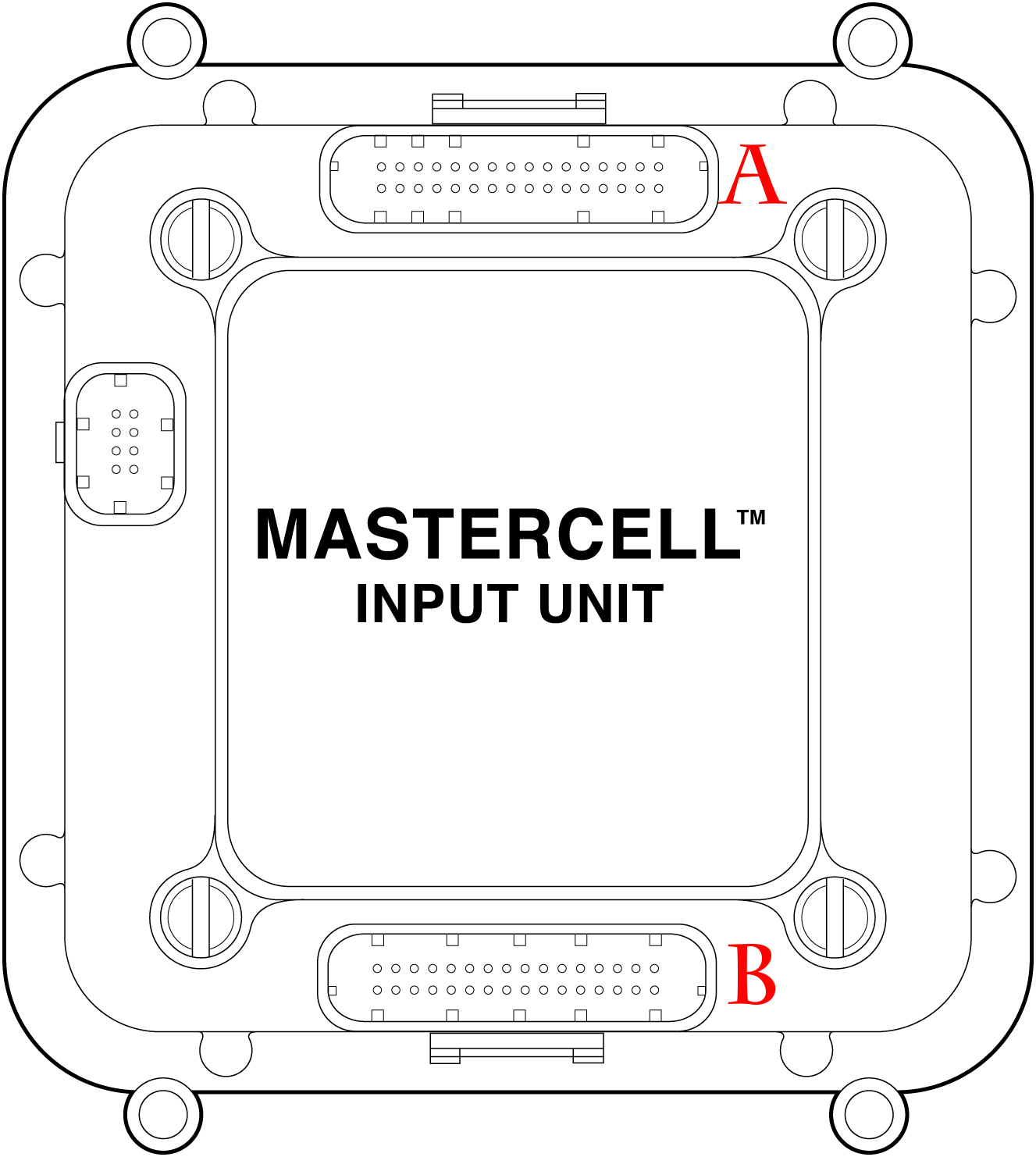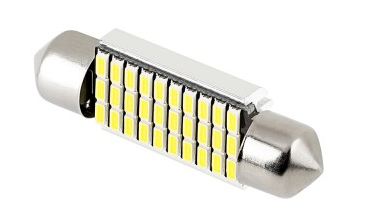Legacy equipment The original XJ6 steering column is an undistinguished black shaft covered at the lower end with a moquette like material and encased in plastic at the top. Ignition key The steering column incorporates a wheel lock that is engaged if the ignition key is turned to the bottom...
Continue reading...Accelerator pedal
Our XJ6 restomod is a true electronic drive-by-wire vehicle so there is no mechanical connection between the engine and the accelerator pedal. Instead, the LS3 crate engine package comes with AC Delco’s 22706224 accelerator position sensor that plugs directly into the LS3 engine harness. Unlike the vintage XJ6 gas pedal...
Continue reading...Exhaust system
Downpipe fabrication The straight six original 4.2L Jaguar engine had exhaust manifolds only on the left side of the block. The V8 LS3 has dual manifolds on opposing sides of the block, so obviously the downpipes coming off of the manifolds must be custom fitted and will hug both sides...
Continue reading...Wheels
Background Finding replacement wheels and tires for the relatively common Jaguar XJ6 turns out to be surprisingly difficult. Although this classic was manufactured from 1968 through 1985 without any suspension modification that impacts wheel fitment, the aftermarket alternatives are extremely limited. The original chromed steel 15×6 wheels sported a hubcap...
Continue reading...Intelligent wiring
About CAN bus In 1986, Robert Bosch GmbH, the German engineering and electronics company with a long time focus on the automotive industry, introduced a CAN bus protocol that launched the “smart car” era at the Society of Automotive Engineers congress. Prior to 1986, all automotive wiring was “dumb” in...
Continue reading...Can’t do CAN Bus
For the several months we have struggled to diagnose a vexing CAN Bus problem. Recall that the CAN Bus is a 5-volt communication network that is electrically isolated from the standard 12-volt operational circuits. The CAN Bus provides the basic infrastructure of the modern electronic car that allows the engine...
Continue reading...XJ6 reference vehicle
Since its introduction over fifty years ago, the Jaguar XJ6 sedan fleet has not survived nearly as well as E-type and earlier XK series sports cars. We are fortunate when we find a very well preserved original that has been professionally photographed, in this case a 1971 model year courtesy...
Continue reading...Shifter console
Dash/console transition The center console over the tunnel transitions into the dash with a radio face plate that is angled back about 18° from perpendicular, followed by a middle tray that separates the top gauge cluster wood facia. The tray and top facia have black crash roll bumpers so...
Continue reading...Front springs
Overview The front springs in the XJ6 are housed in a “tower” that is sandwiched between the upper and lower control arms. The top of the spring is fixed within the top of the tower while the bottom of the spring rests on a plate that spans the lower control...
Continue reading...Dash evolution
Design iteration Constructing a completely new dash is an iterative process that evolves as components must be fit into the available space and various dependencies become apparent while assembly progresses. See the dash makeover and dash refinements posts for an overview of the process. Initial conceptual ideas centered around a...
Continue reading...
